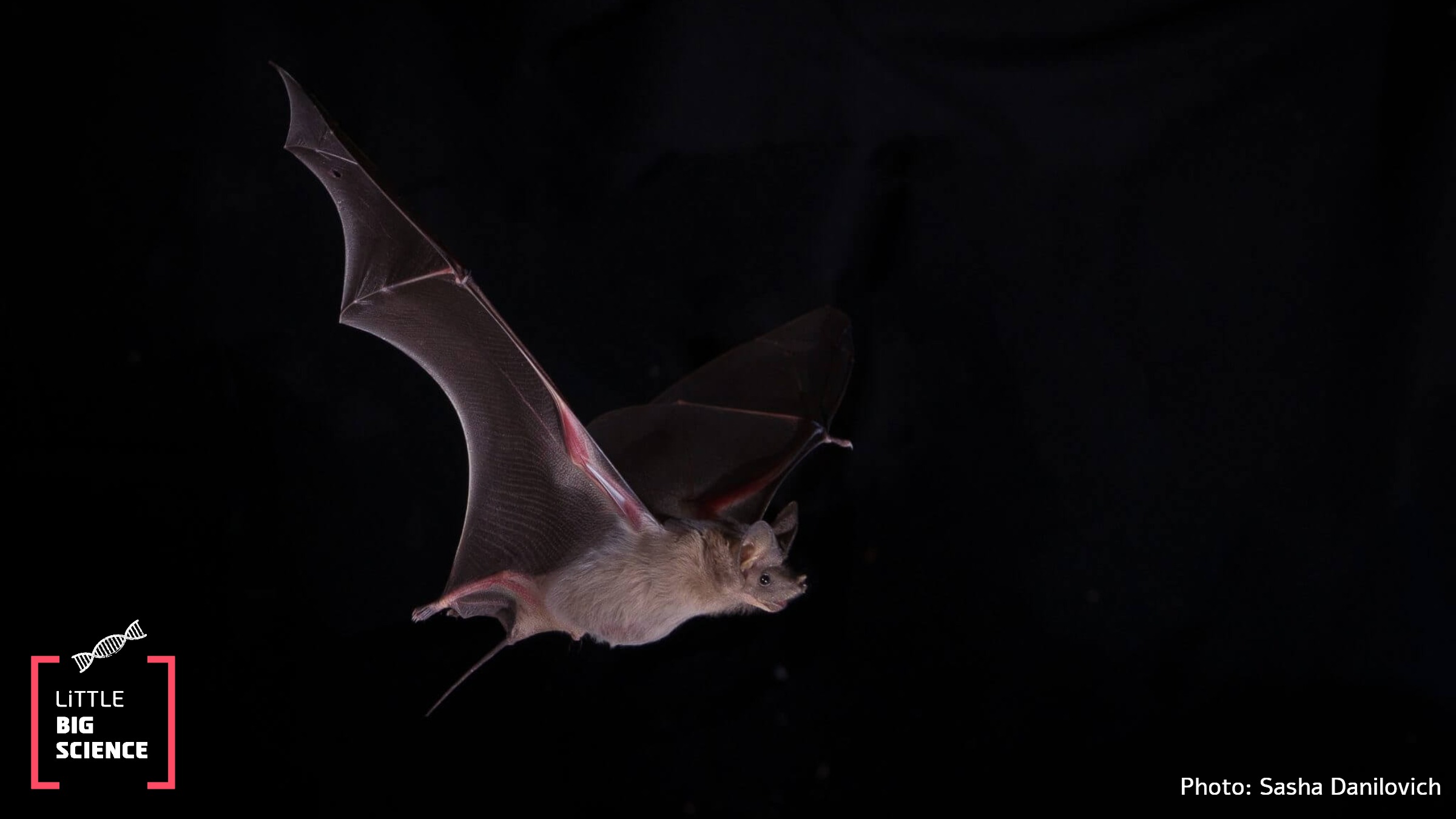
Advertisement
Bats have a reputation as disease spreaders, a title they have arguably earned. In 2015, about 1,700 rabid bats were identified in the United States, and only a few months ago a Florida boy died of the disease after being scratched by an infected bat. It should be noted, however, that bats are often blamed for transmitting diseases they do not actually carry; for example, rabies-infected bats have been found only in the Americas (and never in Israel).
The impressive ability of bats to transmit diseases is not trivial—if they became infected we would expect them to fall ill and die, thereby halting further transmission. Instead, bats appear to be merely carriers of most of these pathogens. This raises the question of how bats manage to avoid illness from the diseases they harbor. The intuitive guess is that bats possess an exceptionally strong immune system that protects them. Nevertheless, a new study from the National Academy of Sciences in China revealed the opposite explanation: bats tolerate diseases thanks to a weakened immune response.
Like other vertebrates (including us), the bat immune system has two arms—the innate and the adaptive immune systems. The adaptive system resembles a sniper that excels in very precise “targeted eliminations”; it attacks viruses it “knows” using antibodies and memory cells. By contrast, innate immune cells act more like artillery: their receptors (proteins used for detection) identify targets rather broadly and trigger an inflammatory response. Inflammation is generally a beneficial reaction that serves the body and helps destroy foreign invaders. However, it is a powerful weapon that can cause significant collateral damage, so inflammation must be limited in time, location, and intensity, or its harm will outweigh its benefit. Most symptoms we experience when ill are the result of inflammation: fever, pain, swelling, congestion, and more.
One of the immune receptors is responsible for detecting foreign DNA originating from viruses. Healthy cells store their DNA inside a membrane-bound nucleus, so any free DNA in the cell almost always comes from a virus and must be countered. For this reason, one innate immune receptor reacts to any free DNA found in the cell.
How does this relate to bats? The Chinese research team led by Peng Zhou discovered that bats carry a mutation in a specific protein that impairs their ability to activate an inflammatory response when their innate immune receptors detect free DNA. In other words, the mutant protein provides tolerance to many viruses: the viruses remain inside bat cells, yet the cells hardly react. Because they have a weaker inflammatory response, bats suffer fewer disease symptoms than other mammals and sustain less collateral damage from the inflammation itself. When the researchers compared the bat protein to its counterparts in other mammals, they found that, without exception, the mutation was present in every bat tested but in no other mammal. This strongly supports the hypothesis that the mutation grants bats their unique tolerance. The researchers then compared the activity of the mutant bat protein with the human version and confirmed that the mutation is responsible for the altered function and reduced inflammatory response.
Despite diminishing immune activity, the researchers propose that the mutation is evolutionarily conserved across bat species because it provides an advantage: bats accumulate more DNA damage than other mammals, leading to increased leakage of DNA from the nucleus. Consequently, free DNA in bats does not necessarily indicate viral infection. Therefore, in many cases, dampening the inflammatory response to free DNA does not harm the bat and actually spares it unnecessary inflammation.
Field observations show that despite their reduced immune response, bats are healthy and even live far longer than expected for animals of their size. The apparent contradiction between a weakened immune system and robust health can be resolved by several explanations. One is that the inflammatory response to free DNA is often unnecessary, so its disadvantages outweigh its benefits, and suppressing it actually benefits bats. Another explanation is that the immune system destroys viruses through an indirect mechanism that is slower than the usual immune response, allowing the bat to continue spreading the viruses in the meantime.
In summary, this study sheds light on a long-standing question and teaches us about the complexity of the immune system. As in bats, both reduced and exaggerated immune responses in humans can cause problems. Hopefully, a better understanding of the immune system will enable us to treat various diseases more effectively.
As for bats, although Little, Big Science members have a special fondness for these animals, we still think it best to admire them from a distance and minimize contact, for our sake and theirs.In the picture: a greater mouse-tailed bat, photographed by Sasha Danilovich
English editing: Elee Shimshoni
References:
[1] The original article describing the bat mutation
[2] CDC information on bats and rabies







